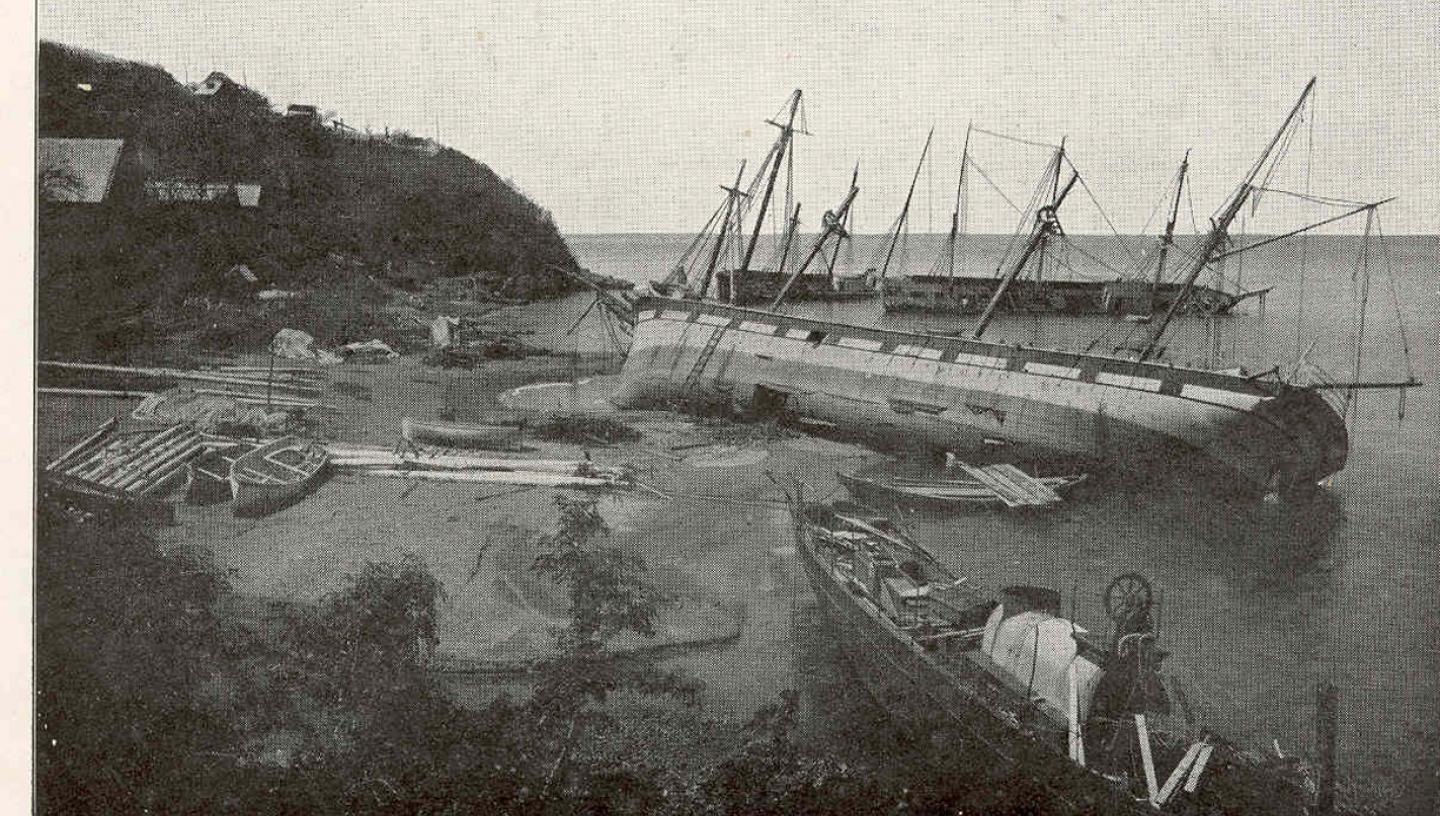
A tsunami is a wave, or a series of waves, caused by some activity on the seabed or at the surface. They can be hugely destructive to life on Earth.
A tsunami has the potential to cause large-scale damage and devastation to people and the environment and are often incorrectly called tidal waves. This is misleading because they have nothing to do with tides, which are caused by gravitational influences of the Sun, Moon and planets. The correct official term adopted by the international scientific community is tsunami. The word ‘tsunami’ (pronounced soo-nam-ee) is derived from the Japanese meaning ‘harbour wave’.
What causes a tsunami?
Most tsunamis result from submarine earthquakes, volcanoes and landslides, but in extremely rare instances, they may also be caused by asteroid or meteorite impact. Events such as these displace huge volumes of seawater, creating a rise or fall in the level of the ocean above the site of disturbance. This triggers the initial formation of the tsunami wave.
How do they differ from normal waves?
Tsunamis are very different from wind-generated waves, which constantly roll onto our beaches. Tsunamis may be likened to a large-scale version of the ripples caused by a stone dropping into a pond. Similarly, tsunamis may also consist of numerous, separate wave fronts moving away from the site of disturbance. But, unlike normal waves, tsunami waves may be up to a hundred kilometres apart, thousands of kilometres long and impact hours apart.
Why are tsunamis so destructive?
The damage tsunamis cause results from the wave entering shallower water near the coast. From here, the tsunami starts to act like a normal wave – only with far more destructive power. Shallower water slows the velocity, or speed, of the wave. As these initial waves slow, the later waves catch up. This causes a tremendous volume of moving water to build up creating a high turbulent wave as it reaches the coast.
The resulting tsunami batters the coast with tremendous energy, which is often catastrophic for both the human populations and their infrastructure and the plants and animals that inhabit these areas.